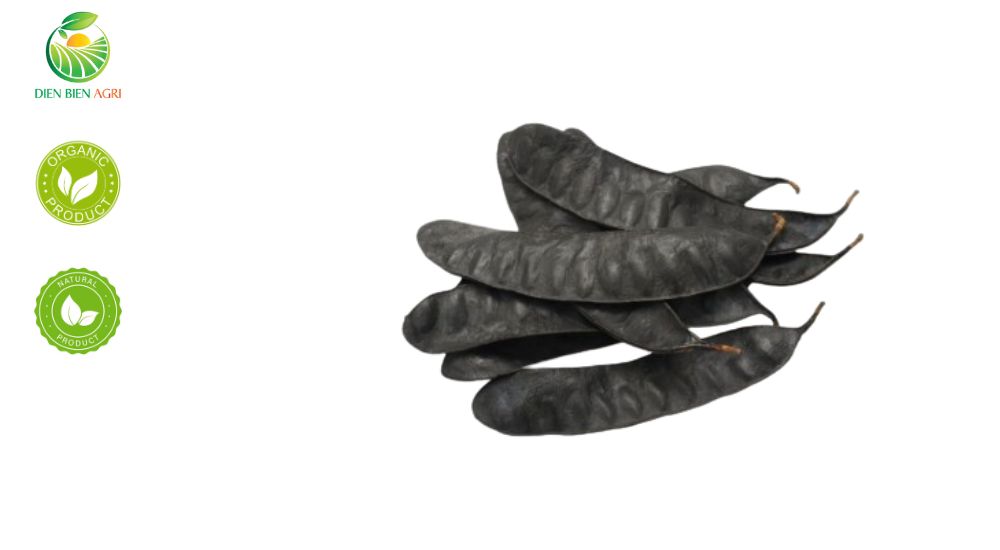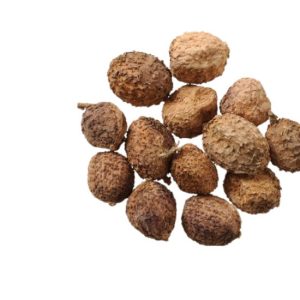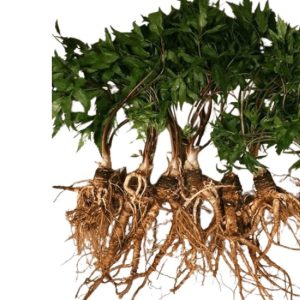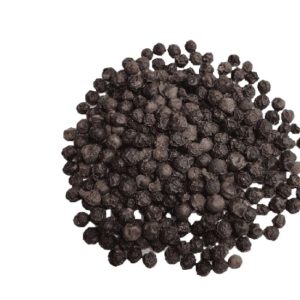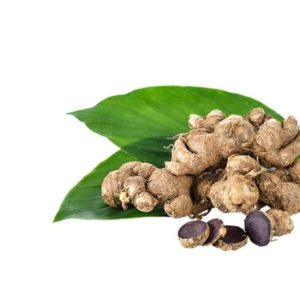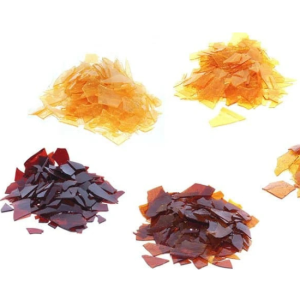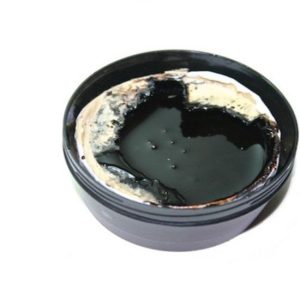Black Locust
0 ₫
Black locust are natural herbal ingredients traditionally used for hair care, helping reduce dandruff, strengthen roots, and promote shiny, healthy hair.
Product Description
- Scientific Name: Fructus Gleditschiae – from the Caesalpiniaceae family
- Origin: Dien Bien – Northwest, Vietnam
- Color: Natural black
- Moisture: Max 13%
- Impurities: Max 2%
- Shelf Life: Minimum 1 year
- Drying Process: Natural sun-drying
- Quality Standards: No mold, no insects, natural color
- Packaging: PP bags, PE bags, carton boxes, or as per customer request
- Supply Capacity: 20 tons/year
For international customers, WhatsApp us at: +84.973.447.926.
Plant description
Have you heard of black locust? It’s a fascinating tree. This plant has various names. In Vietnam, it’s called Bồ Kết. Other local names include tạo giáp and tạo giác. The Cambodians call it man khét. Its scientific name is Gleditschia australis. It also goes by Gleditschia sinensis. It belongs to the Caesalpiniaceae family.

Components and Description of Black Locust
The tree offers several medicinal parts. These include the fruit, seeds, and thorns.
Medicinal Parts
- Fruit (Tạo Giác / Fructus Gleditschiae): This refers to the dried, ripe fruit.
- Seeds (Tạo Giác Tử / Semen Gleditschiae): These are seeds from dried, ripe fruits.
- Thorns (Tạo Thích / Spina Gleditschiae): These are thorns from the tree trunk. They are dried or sliced and dried.
Botanical Features
Black locust is a large tree. It reaches 6-8 meters in height. The trunk has branched thorns. These thorns are quite long, 10-15cm. Its leaves are pinnate. The leaf stalks are hairy. They have a longitudinal groove. There are 6 to 8 pairs of leaflets. Leaflets are oval-shaped. They average 25mm long and 15mm wide.
Flowers are white. They are dioecious or polygamous. They grow in spike-like clusters. The fruit pods are 1-12cm long. They are 15-20mm wide. They can be curved or straight. The pods are thin. However, seed areas swell. The fruit surface is covered. It has a pale green powder. Inside, there are 10-12 seeds. Seeds are 10mm long, 7mm wide. They are 4mm thick. Their color is pale yellow-brown. A pale yellow pulp surrounds the seeds. Black locust season is October-November.

Distribution, Harvest, and Processing of Black Locust
Black locust grows wild. It’s also cultivated. It’s found in many northern Vietnamese provinces. It also grows in southern China. Cat Ba Island alone has 40,000 trees. This yields 40 tons of Bồ Kết annually.
Fruits ripen in October-November. They are then harvested. They are dried or baked. Freshly picked fruits are green or yellow. They turn glossy black when dried.
Black locust thorns can be harvested year-round. Best harvest is September to March. They are dried. Or, slice them fresh before drying.
Chemical Composition
Vietnamese black locust fruit yields pure saponin. The efficiency is 10%. This was documented in 1961. The saponin is odorless and tasteless. It causes strong sneezing. With concentrated sulfuric acid, it turns yellow. Then it becomes red and purple. This is the Kobert reaction. The Lieberman reaction shows a purple ring. The upper layer turns green. With hot trichloroacetic acid, it’s yellow. Then it turns red. Its melting point is 198-202°C. Optical rotation is -32%. Hemolytic index is 33,000 for cow blood. This saponin dissolves in alcohol and water.
Hydrolysis of this saponin yields sapogenin. It crystallizes into star-shaped needles. It’s insoluble in water. It dissolves in ether, alcohol, and chloroform. Its melting point is 298-301°C. It shows the Lieberman reaction. Sapogenin yield from black locust fruit is 3%.
In 1929, a Japanese author isolated gleditsaponin. This saponin is triterpenic. It was from Japanese black locust. Its yield was 10%. This saponin hydrolyzes. It gives gleditsapogenin and glucose. Arabinose is also present. Gleditsapogenin’s hemolytic index is 75,000. This is for goat blood.
In 1963, Bùi Đình Sang extracted saponin. Peroxidase enzyme was also found. Two other unidentified crystalline substances were found.
In 1969, Ngô Thị Bích Hải extracted compounds. From Vietnamese black locust fruit, 8 flavonoids were found. Seven triterpenic compounds were also identified.
Five of the eight flavonoids were purified. They were identified as luteolin, saponaretin. Also vitexin, homoorientin, and orientin.
The aglycones of triterpenic compounds were identified. These are oleanolic acid and echinoxystic acid. Sugars found include xylose, arabinose. Glucose and galactose were also present.
Additionally, a new saponin was extracted. It was named australoside.

Pharmacological Actions
Preliminary studies show properties. Flavonoid mixture and saponaretin exhibit activity. They have antiviral properties. Black locust saponin mixture acts against vaginal trichomonas. Saponin and flavonoid mixtures reduce pain.
In 1954, Chinese researchers reported findings. Black locust decoction has expectorant effects.
Injecting gleditsapogenin intravenously was tested. Doses of 40-47mg per kg were given to rabbits. This dose proved lethal.
Uses and Dosage
Black locust water is used for hair washing. It also washes silk and wool. It prevents yellowing. Besides saponin extraction, it treats various ailments.
Traditional Uses
According to ancient texts, black locust (deseeded, charred, or powdered) has properties. It’s pungent, salty, and warm. It’s slightly toxic. It acts on the lung and large intestine meridians. It opens orifices and expels phlegm. It also kills parasites and induces sneezing. It primarily treats wind-stroke. It helps with locked-jaw syndrome. It aids digestion and phlegm-asthma. It reduces swelling and improves vision. It also enhances essence.
Daily dosage is 0.5 to 1g. Use as powder or charred form. Alternatively, use as a decoction.
The seeds, according to ancient texts, are pungent and warm. They are non-toxic. They facilitate bowel movements. They treat constipation and boils. Dosage is 5-10g as a decoction.
The thorns (tạo thích): They are pungent and warm. They are non-toxic. They treat malignant sores. They resolve carbuncles. They also promote lactation. Dosage is 5-10g as a decoction.
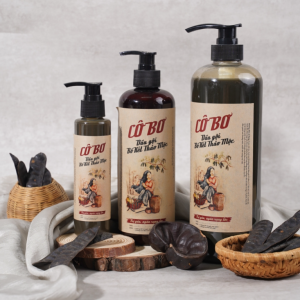
Modern Applications
Some hospitals currently use black locust. It unblocks bowels. It treats post-operative constipation. It also helps with bowel obstruction. It has shown positive results. It can be used for both children and adults. Relief often occurs within 5 minutes. The method is simple: take 1/4 of a black locust pod. Roast it until golden. Avoid burning or under-roasting. Remove seeds. Grind it into a fine powder. Dip a cannula, lubricated with vaseline or oil, into the powder. Insert it 3-4cm into the anus. Repeat 3-4 times. Bowel movement occurs in 2 to 5 minutes. Some post-operative patients suffer for days. They have abdominal distension and vomiting. Sometimes even blood vomiting. This method can provide immediate relief. Bowel movement and gas passage happen within 2 minutes. Some patients even expelled up to 500 worms.
Quality and Supply of Black Locust
Dien Bien Agri is a top producer and supplier of black locust products in Vietnam. Our vast raw material areas are in Dien Bien. This region is famous for its quality produce. Our expert team ensures strict control. This covers selection, processing, and packaging. Consequently, our black locust products are consistently high-quality. We also offer abundant supply and low costs.
Read more: 5 things to know about Black Locust of Dien Bien Agri
Contact us for more information:
Tel/WhatsApp: +84.973.447.926.
Email: [email protected]
Add: Thanh Minh Commune, Dien Bien City, Vietnam
Factory: Bai Dai Village, Tien Xuan Commune, Thach That District, Ha Noi City, Vietnam
Related products
DIEN BIEN FOREST PRODUCTS
DIEN BIEN FOREST PRODUCTS
DIEN BIEN FOREST PRODUCTS
DIEN BIEN FOREST PRODUCTS
DIEN BIEN FOREST PRODUCTS
DIEN BIEN FOREST PRODUCTS
DIEN BIEN FOREST PRODUCTS
DIEN BIEN FOREST PRODUCTS

